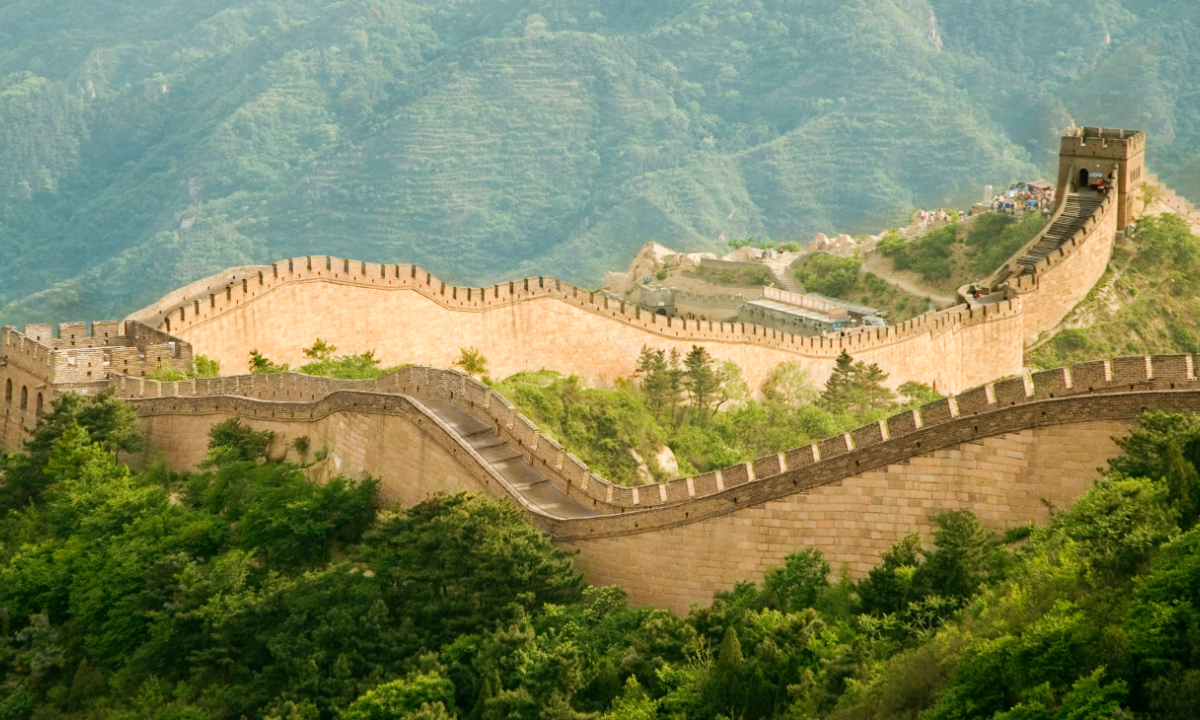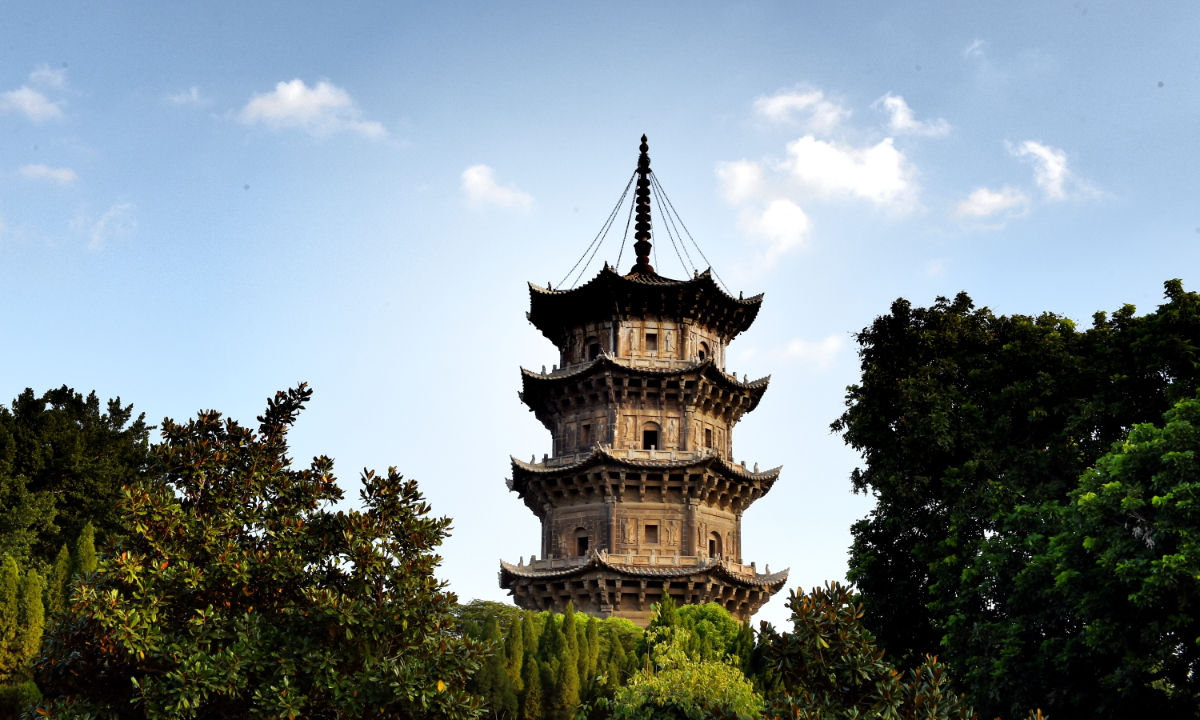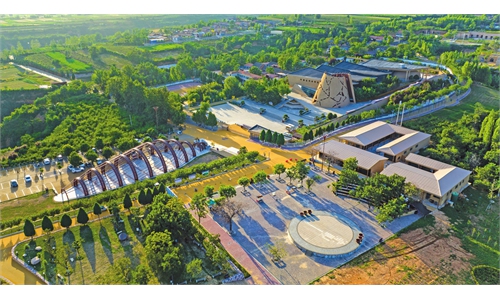Editor's Note:
China has launched a series of events marking the 50th anniversary of the World Heritage Convention, which was adopted on November 16, 1972. Now ratified by 194 countries, the Convention has produced a list of over 1,100 various heritage sites, 56 of which are in China.
As Xi Jinping, general secretary of the CPC Central Committee, said in a report for the 20th National Congress of the Communist Party of China, "we will put more effort into protecting cultural artifacts and heritage, better protect and preserve historical and cultural heritage in the course of urban and rural development, and build and make good use of national cultural parks. We will encourage positive interplay between culture and tourism and advance deeper integration of the two sectors."
In this series, the Global Times will present out interviews with scholars and experts to give readers a better understanding of the progress China has made over the past decade in preserving and promoting its world heritage sites.
Since joining the World Heritage Convention in 1985, the number of world heritage sites in China has grown to 56, including the Great Wall, the Forbidden City and the Grand Canal, allowing the nation to rank second in the world.
Over the past decade, China has added 15 new world heritage sites, six of which have been included in the relevant lists and rosters of intangible cultural heritage, six listed in the Memory of the World. Additionally, 15 geoparks have joined the UNESCO World Geoparks Network and five biosphere reserves have joined the World Biosphere Reserves, Qin Changwei, secretary-general of the Chinese National Commission for UNESCO, said at a press conference held by the Ministry of Education in September.

The Great Wall in Beijing Photo: VCG
Aiming at conservation
On Saturday, Beijing held an event titled "The Next 50 Years: World Heritage Where Challenges and Development Coexist" to celebrate the 50th anniversary of the World Heritage Convention, during which experts discussed how to make the sites more accessible and sustainable for future generations.
Chen Mingjie, director of the Beijing Municipal Cultural Heritage Bureau, pointed out that the organizations responsible for the world heritage sites in China added over the past decade have pledged to continue their efforts and strengthen protection and management of China's world heritage.
Chinese experts on world cultural relics told the Global Times that the 56 listed world heritage sites reflect the diversity of the country's abundant heritage.
"China's cultural heritage, ranging from buildings, cultural monuments, archaeological sites, and nature reserves, all reflect the long-lasting civilization of China from over the past thousands of years. The natural heritage and cultural heritage represented by Hoh Xil in Qinghai Province, Gulangyu Island and Quanzhou in Fujian Province, are, from a global perspective, an important part of the protection of worldwide heritages," Huo Zhengxin, an expert on art repatriation and law professor at the China University of Political Science and Law, told the Global Times on Sunday.
In addition, China's cultural heritage achievements over the past 10 years can be seen in many aspects, including the recovery of cultural heritage lost overseas, the expansion of the Chinese domestic market for fine art and antiquities, plus the success of the world heritage applications, all of which have allowed the nation to earn the title of a "country of thriving cultural heritage."
Treasure of all humanity
Zheng Changling, deputy director of the Cultural Development Strategy Center at the Chinese National Academy of Arts, told the Global Times that China bears an enormous responsibility for conserving this heritage of all humanity.
In 2013, the Tianshan mountains in Northwest China's Xinjiang Uygur Autonomous Region were inscribed on the World Heritage List. The beauty of Tianshan lies in its spectacular snow-capped mountains and glacier-capped peaks. It is an outstanding example of a mountain ecosystem in a temperate arid zone, with a diversity of landform features and ecosystems, according to UNESCO.

Kaiyuan Temple in Quanzhou Photo: VCG
As a major archaeological discovery of the 20th century, the Ruins of Liangzhu City (3300 BC-2300 BC) in Hangzhou, East China's Zhejiang Province, was inscribed to the UNESCO World Heritage List as a cultural site in 2019. Chen Shaofeng, deputy president of the Institute for Cultural Industries under Peking University, told the Global Times on Sunday that the Liangzhu Culture not only represents the ancient cultures around the Taihu Lake area, but also shows the fusion of different cultures. "The Liangzhu archaeological ruins bear testimony to the existence of at least 5,000 years of Chinese civilization," Chinese President Xi Jinping said during a trip to the site, adding that "it is an invaluable treasure that cannot be replaced," according to the Xinhua News Agency.As the only starting point of the Maritime Silk Road recognized by UNESCO, the port city of Quanzhou in East China's Fujian Province won UNESCO World Cultural Heritage status in 2021. Once hailed as a "very great and noble city" by the Italian explorer Marco Polo, Quanzhou is one of the first Chinese trade ports to open to the outside world.
It became an immensely prosperous center of trade from the 10th to the 14th century, particularly during the Song Dynasty (960-1279) and Yuan Dynasty (1271-1368).
"The world heritage application is just a means to implement better protection,"Zhou Zhenping, a deputy mayor of Quanzhou, told the Global Times in a recent interview.

